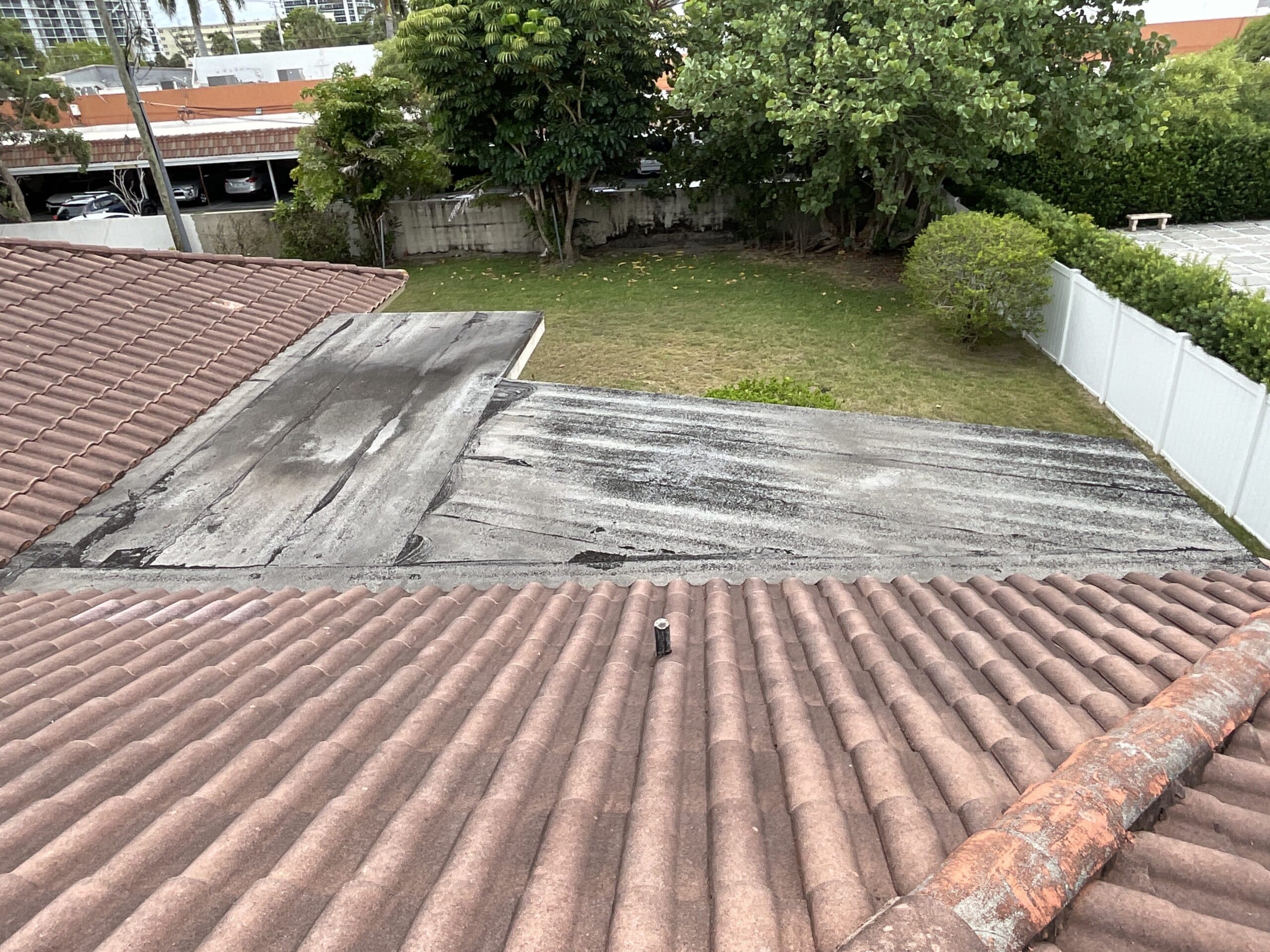
Pro Tips on What to Look For:
- Recent Roof Permits
Don’t let Roof Life Expectancy Kill your Deal. Insurance wants a minimum of 5 years life expectancy remaining on your roof. Avoid insurance headaches and look for permits no older than:*- Asphalt Shingle: 10–12 years
- Modified Bitumen (Flat): 5–7 years
- Rubberized Membrane (Flat): 15+ Years
- Tile: 20 years
- Metal: 20+ years
- Check the “Application Date”
This tells you which building code applied. Example: In most cases, roof permits applied for before 3/2/2002 will increase your insurance premium. - Check for Open Permits
Take note and action on permits listed as “open,” “issued,” or “in progress” — as they can delay closing or financing. - Look for Expired Permits
Work started but never approved raises concerns about quality and completion. - Verify the Scope of Work
Review the description (roof replacement, AC install, electrical upgrade, etc.) to confirm the work was actually permitted. - Confirm Final Inspection Dates
In some cases, a closed permit will show a final inspection date. If not, the work may not have started, been completed or at least received final approval from the building department. - Check Who Did the Work
The permit will list the contractor’s name and sometimes contact info. “Owner Builder” means the owner pulled the permit themselves. - Spot Major System Updates
Permits for roofs, electrical panels, AC units, water heaters, and plumbing updates can lower risk and boost insurability. - Watch for Non-Permitted Additions
Additions, enclosures, or decks with no permit history may be unpermitted. - Save or Screenshot Results
Websites change and counties can remove old records. Keep a copy for your file.
*Based on personal evidence of 7,000+ inspection as well as permit evidence supporting when these roofing systems are actually being replaced. Roof condition is also a factor and determining life expectancy.
HomeStar Inspections
“Delivering Peace of Mind Since 2009!”
